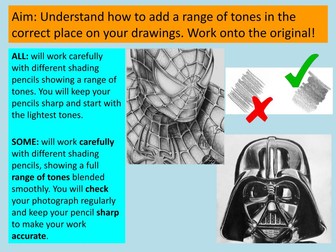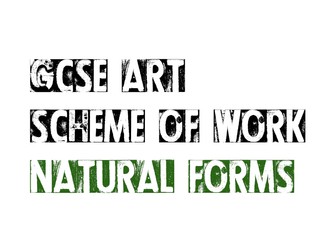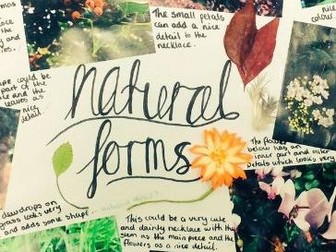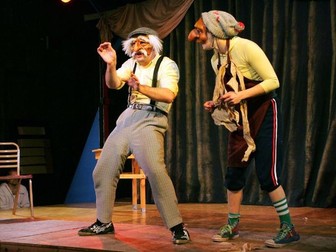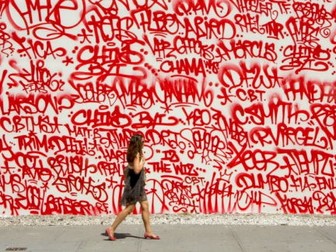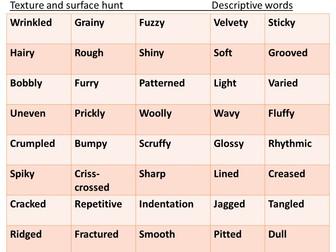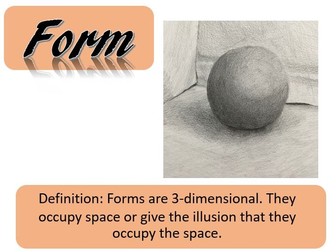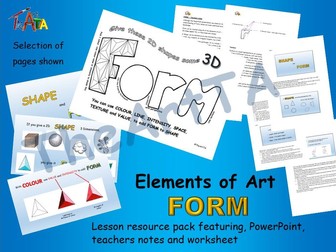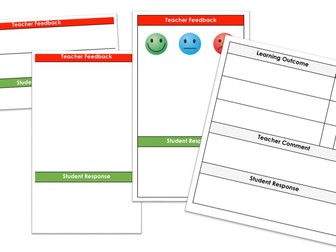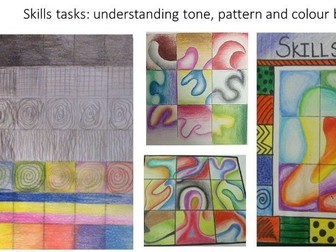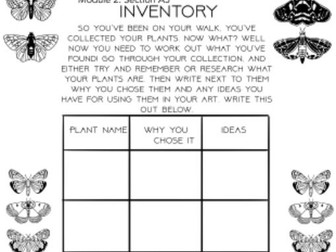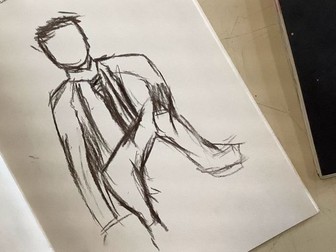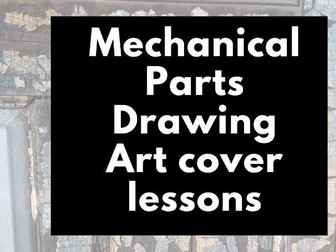
GCSE Art Skills Training Project - Pop Culture
This GCSE Art Project aims to develop and enhance the range of skills that students have been taught at KS3, enabling them to master and improve in a way that was engaging yet simple to achieve. There are some ‘essential’ art skills taught in this project, including: grid drawing, pencil drawing, pen drawing, acrylic painting, watercolor painting, poly printing and different types of research / art analysis / presentation skills.
The theme is Pop Culture, allowing students a wide range of references to work from.
The presentation includes lesson entry tasks / plenaries and exit tasks, examples of student work, homework tasks throughout.
There are printable resources on slides 1-12 with the Pop Culture images I used in lessons. There is an artist research information slide that can also be printed (slide 43)
There are 124 slides in total.
